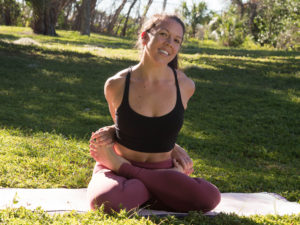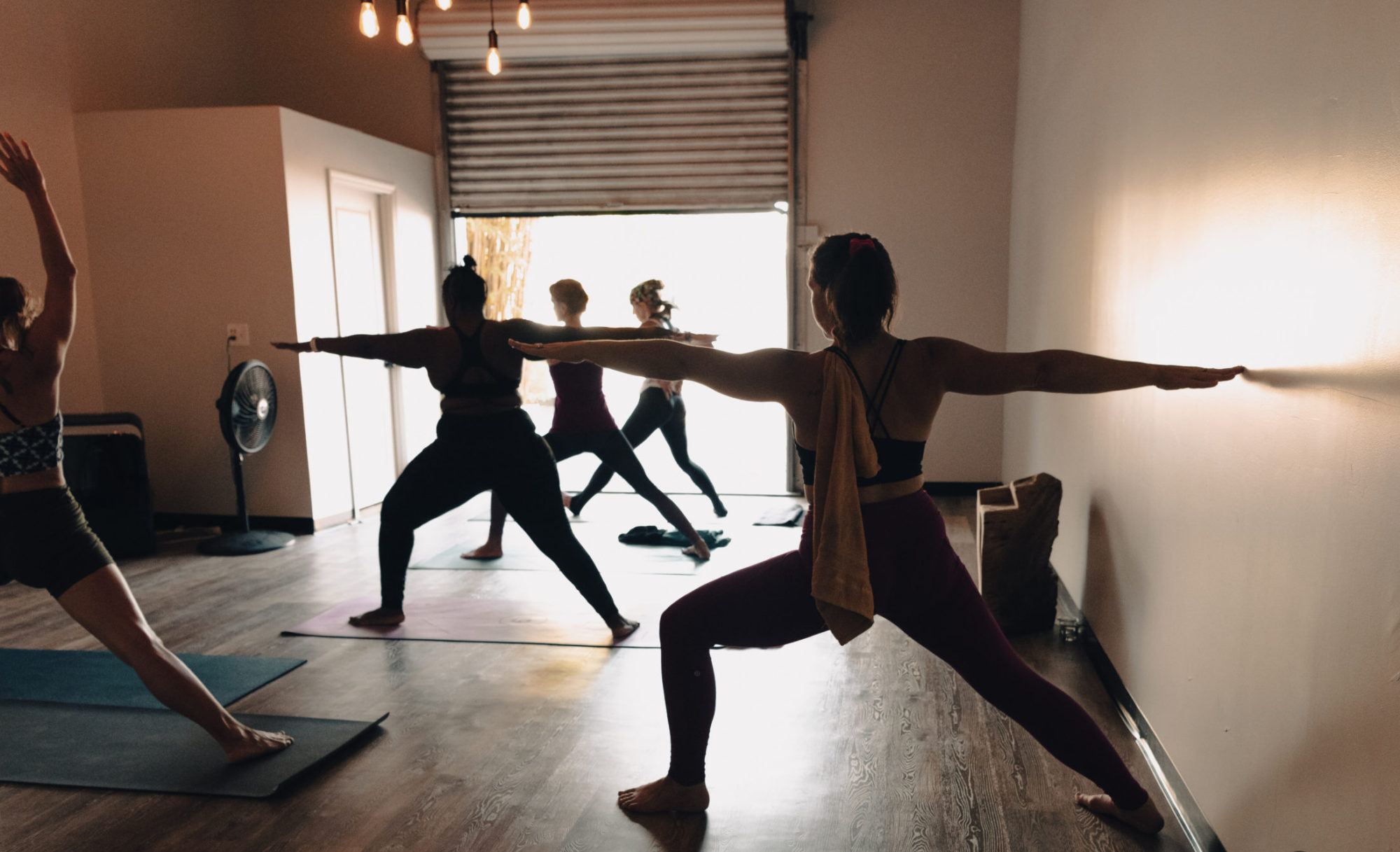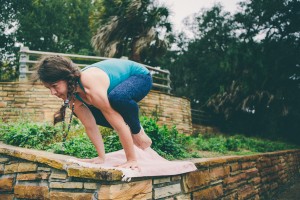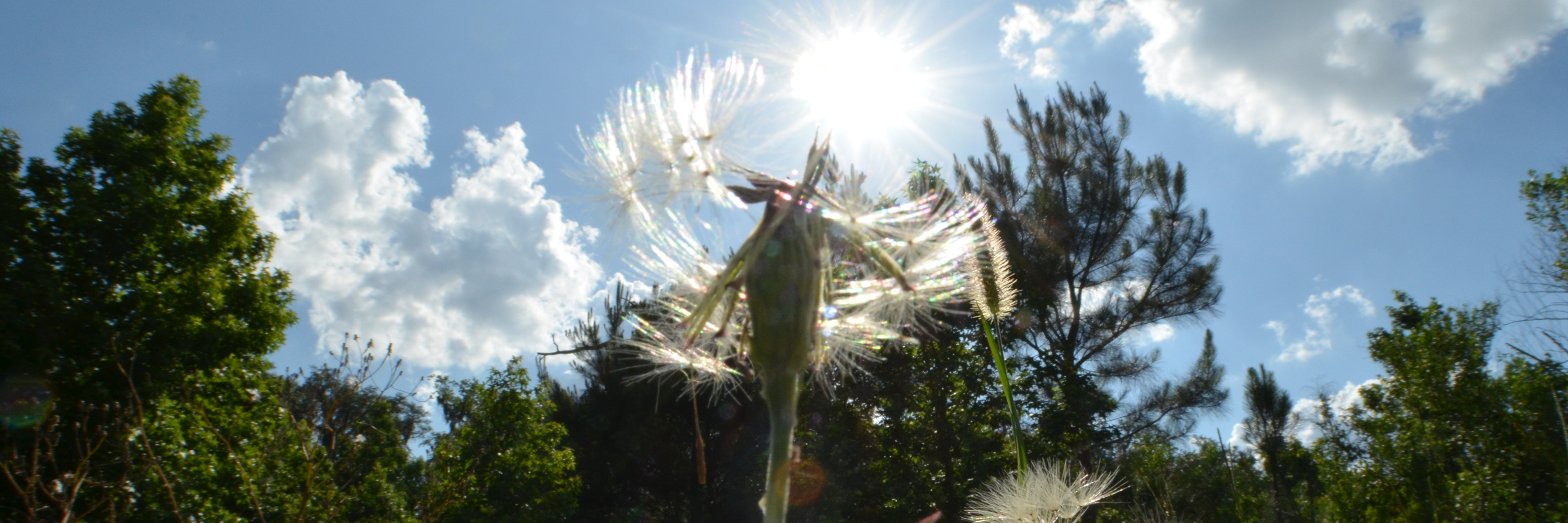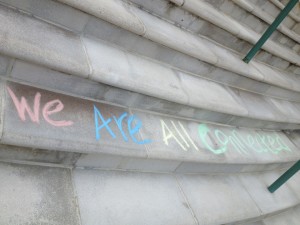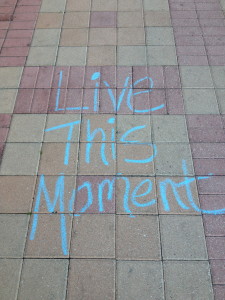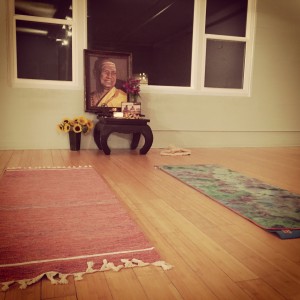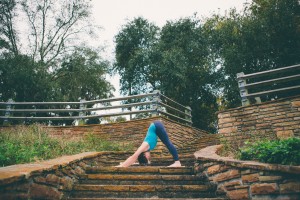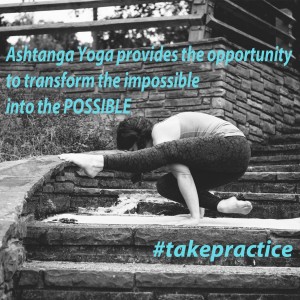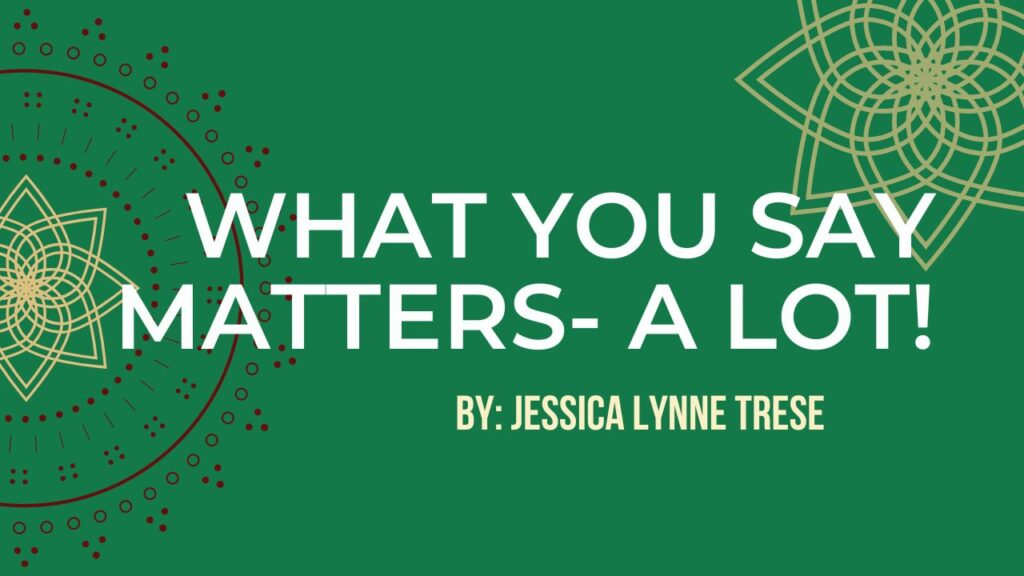
Building a foundation of inclusive language for yoga teachers
As yoga teachers, we are gifted the supreme honor of being welcomed into someone’s journey of yoga. To me, this is a very joyous and powerful responsibility.
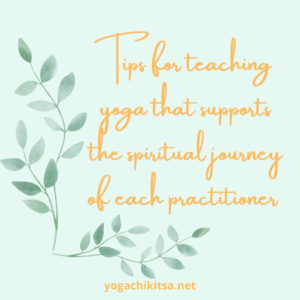
Yoga is many things, but at its core, yoga is Samādhi. Samādhi is the experience of mental absorption, mental focus on what is happening in the present moment. These are the teachings of Patañjali’s Yoga Sūtra. The sūtra text also reveals some of the patterns experienced by all humans. Each human is unique and deserves to be seen as an individual, but as a species, we all experience some common patterns of a busy mind and suffering.
Since the yoga sūtra text teaches us, broadly speaking that humans have common experiences with thoughts and patterns of suffering. Then, yoga teachers need to organize their voice and presence as a leader in the room with as much sensitivity and awareness as possible.
In public yoga classes, we do not know the stories of suffering for all of our students, or even their gender identity. And, we don’t really need this private and personal information to lead and hold space for yoga. Everyone comes to yoga from a unique and individual background and yoga is a tool to start to reduce suffering on an individual level (and this has an impact on the collective level of experience).
| Try THIS: | Instead of THIS: |
| Welcome folks, everyone, humans, friends, etc. | Welcome ladies and gentleman Welcome boys and girls |
| I’ll be offering lots of options… | I’ll be offering modifications… |
| Here’s another option… | This is the fullest expression of the pos |
| Folks with a uterus… | Ladies on your cycle… |
| If it feels better in your body… | If you need to… |
| Move (insert body part) toward/in the direction of (insert body part) | Move (body part) to (other body part) |
| Here are some options/variations | If you can’t do (posture)… |
| If it’s not possible today or if you don’t want to | If you’re not flexible/strong enough… |
| This pose might be felt (insert location in body)… | This pose is felt… |
| Try, play around with, see what’s possible this posture… | Do this posture… |
Yoga is for everybody. It is our responsibility and a part of our personal practice of yoga to continue to study how we present our content and how we engage with out students so we’ll be able to continue to grow and expand our knowledge of ourselves.
If any of these suggestions feel uncomfortable for you, try to be curious about why they are uncomfortable with you. What might be at the root of discomfort and how can you open up yourself to expansion with these concepts. I will be navigating these questions over and over again myself in my personal quest to create a yogic environment where everyone can feel seen, welcomed and cared for.
